“Paid Advertising Mastery: Proven Strategies For Success”
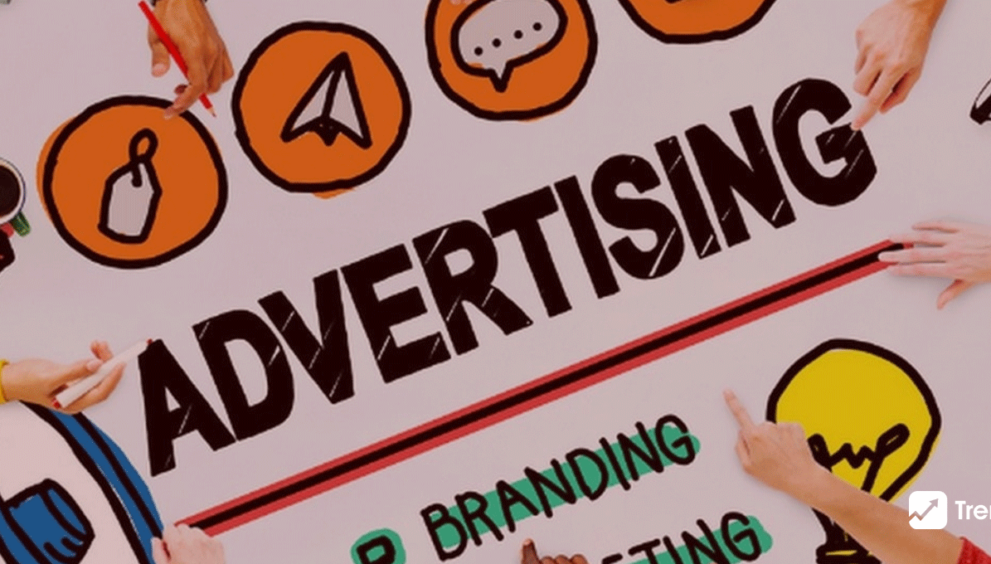
Paid advertising has cemented its position as a potent tool for organizations to reach their audience and precisely produce measurable results in the ever-changing world of marketing (conventional and digital). In the world of Internet marketing, pay-per-click (PPC) advertising is a powerful force that gives companies a targeted way to connect with their audience. Businesses may reach their target audience quickly and efficiently by running digital advertising across a variety of channels and only being charged when a potential customer clicks on the ad.
Paid media, commonly referred to as digital advertising or online advertising, entails paying a charge to strategically place ads and content on different digital platforms like search engines, social media networks, websites, and mobile apps. Many businesses decide to utilize PPC to engage customers, from those in the cosmetics, consumer electronics, and general retail industries to those in travel, tourism, and education. PPC advertising can be very effective for brands if they use pertinent keywords, thorough buyer profiles, inventive ad copy, strong messaging, and the appropriate ad format and platform.
Understanding Paid Advertising
The goal of paid advertising, commonly referred to as pay-per-click advertising, is to increase website traffic by having advertisers compete for placement on search engines, social networking platforms, and online publications through real-time bidding. Essentially, companies pay for targeted traffic to their websites and can specify criteria like geography or devices to reach their desired clients. They can select from a variety of formats that are shown on social media platforms, websites, and search engines, including videos, photos, and text.
Like social media advertising, PPC advertising is enticing since it is inexpensive and has a high return on investment potential. With PPC, you only have to pay when someone clicks on your advertisement to visit your website and increase the likelihood that they will turn into customers. PPC advertising works on a straightforward yet effective premise: advertisers only pay when their advertisements are clicked. PPC gives companies a direct line to their audience in a cutthroat digital environment, enabling accurate targeting and quantifiable outcomes.
How To Master The Art Of PPC Advertising?
The key to mastering PPC advertising is to deliberately invest in clicks that result in conversions rather than just paying for clicks. Harnessing PPC’s capacity to increase brand visibility, generate leads, and enhance sales holds the key to online success. There are some of the most effective techniques that can help you master the art of paid advertising.
Let’s learn how to do it.
Align With Business Goals

Aligning advertising strategies with company objectives is the first step toward PPC success. Every component of a PPC campaign should be specifically designed to support the goals of the campaign, whether they are lead generation, sales, or brand awareness.
Identifying Your Target Market
Prior to getting down to the nitty-gritty of PPC advertising, it’s crucial to have a clear understanding of your target market. Companies will be able to develop targeted advertising by understanding the demographics, interests, and behaviors of the ideal customers.
Crafting Campaign Strategy
Your PPC campaign’s organization is key to how well it performs. The total performance of your ads is increased by an effective campaign structure, which also raises your Quality Score and lowers your cost per click (CPC). The possibility of clicks and conversions increases when an effective ad campaign is developed that appeals to the target audience.
Pick The Right Platform
It’s time to choose where you will advertise after you’ve determined who your target market is. It may be time to create an account on social media if you don’t already have one so you can start gaining followers.
Retargeting Techniques
Retargeting is a formidable digital platform strategy that enables businesses to get in touch with customers who have previously expressed interest. Businesses can track visitors and offer relevant adverts across different platforms by putting a pixel or code on their website.
Establish A Landing Page
When a user clicks on an advertisement, they land on a page known as a landing page. Users are directed to the next step using landing pages. This could be a current page on your website or a brand-new page you make for each individual advertisement.
Target Interest Groups
You can divide up your customer base into groups based on their shared interests, lifestyles, and interests in your product using affinity audiences. You can choose from a variety of target demographics, such as family-oriented individuals, business professionals, regulars at coffee shops, and news enthusiasts.
Thorough Keyword Selection And Research
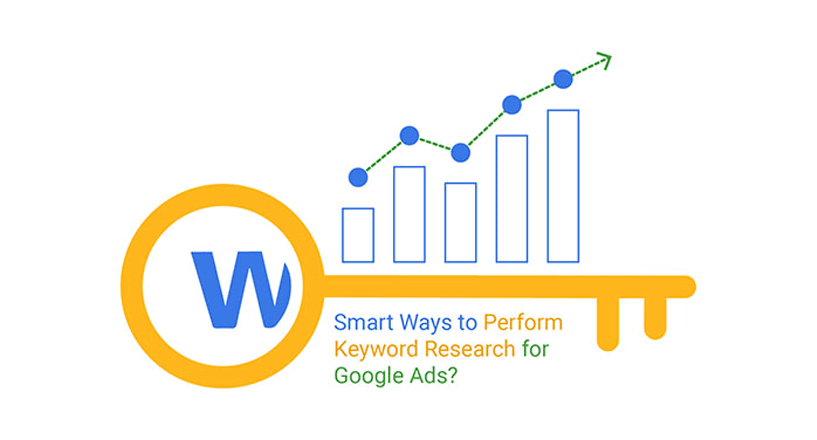
PPC campaigns’ lifeblood is their keywords. Comprehensive keyword research makes sure that advertising is displayed to the appropriate audience at the appropriate moment, maximizing relevance and encouraging clicks from prospective consumers. The greatest approach to broaden your targeting is with long tail keywords. You can obtain better ranks and pay less per click because they are more specialized, simpler to rank for, and have less competition. Long-tail keywords are also significantly more likely to result in purchases because they are more specifically targeted.
Ad Extensions’ Impact
Make your brand more visible. Ad extensions offer extra details like site links, callouts, and reviews that increase the exposure of an ad and give users more value, which eventually results in higher click-through rates. To make your advertisement more pertinent and helpful and to aid users in making decisions, you can include an ad extension. This may take the shape of a lead form, a call button, a product price list, or a link to a subpage.
Bid Techniques
Whether you want to increase views, conversions, impressions, or clicks, a bid strategy seeks to optimize your bids based on your business objectives. If generating traffic is your primary objective, you may either automate bid adjustments or manually modify bids for particular keywords or ad groups.
Repurposing Of Content
Utilizing your organic content as an advertisement is another excellent suggestion. It can save you a tonne of time, and if you increase page engagement, you can use your advertising budget to expand your organic reach.
To increase traffic to your website or social media sites, identify the social media postings that perform best in terms of impressions and engagement.
Finally, Review And Adapt
Regularly review your results. For you to be able to optimize your campaigns, you must frequently review your results. Make sure your campaigns are producing the outcomes you desire. Keep in mind that flexibility is essential. The digital environment is always evolving. Businesses may adapt and improve tactics for long-term success by being informed about PPC trends, platform updates, and changes in user behavior.



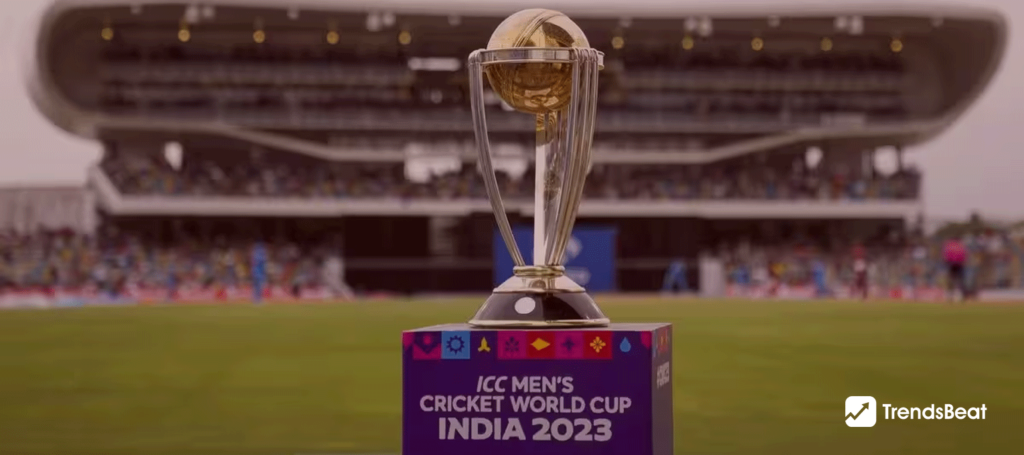



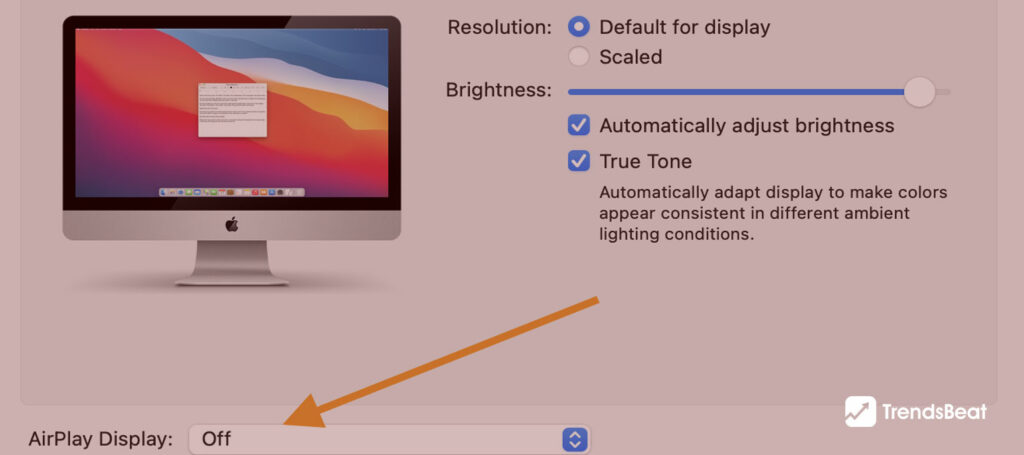

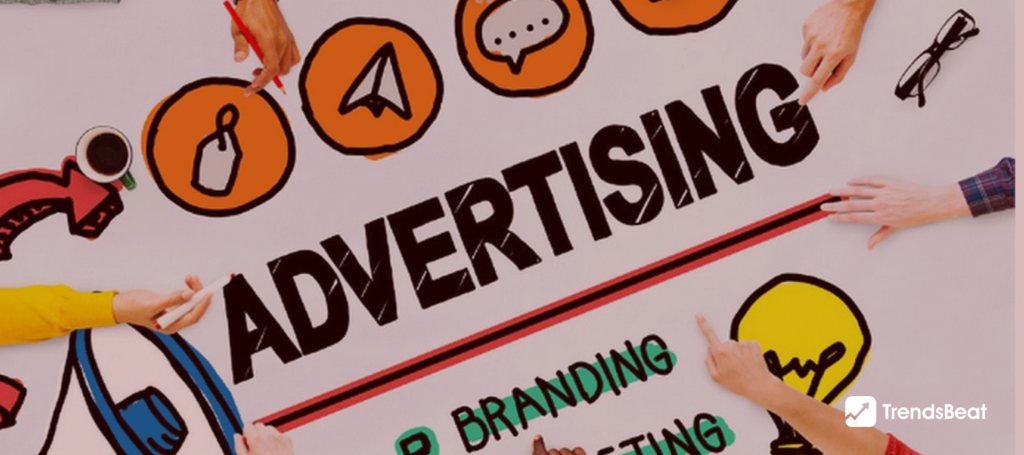






















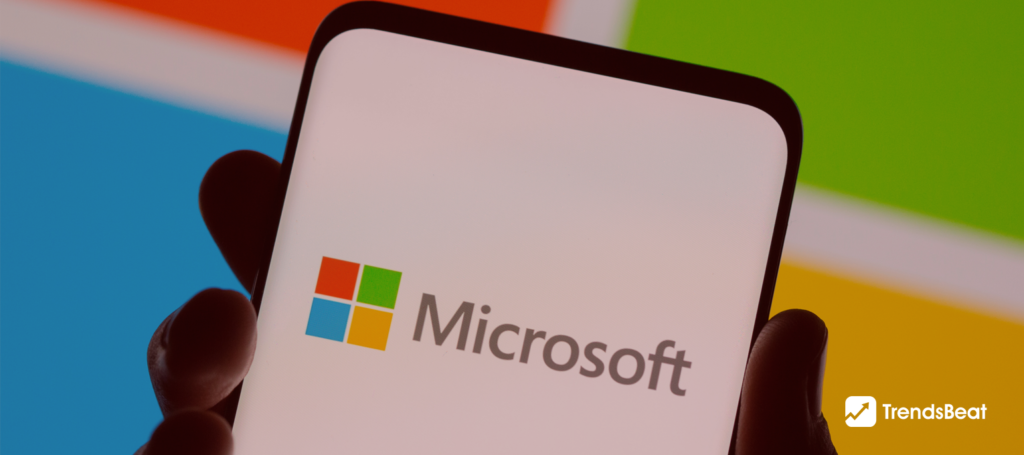
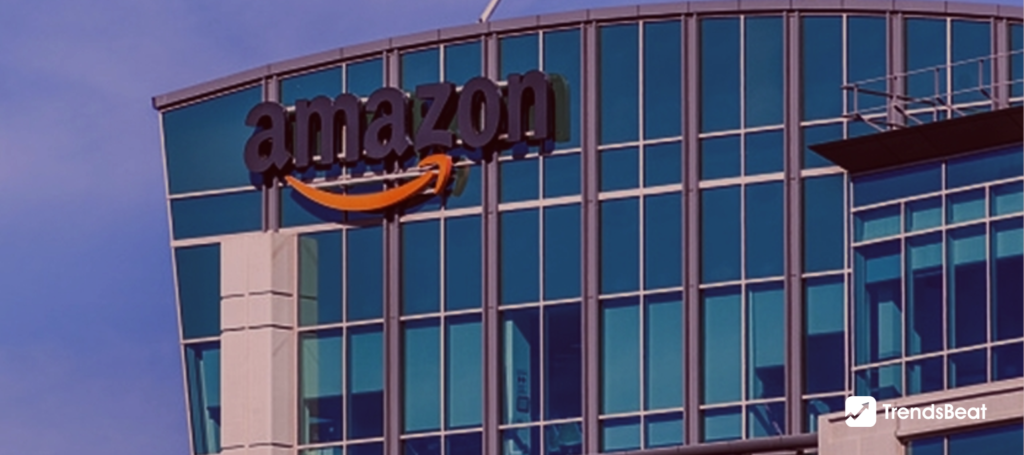

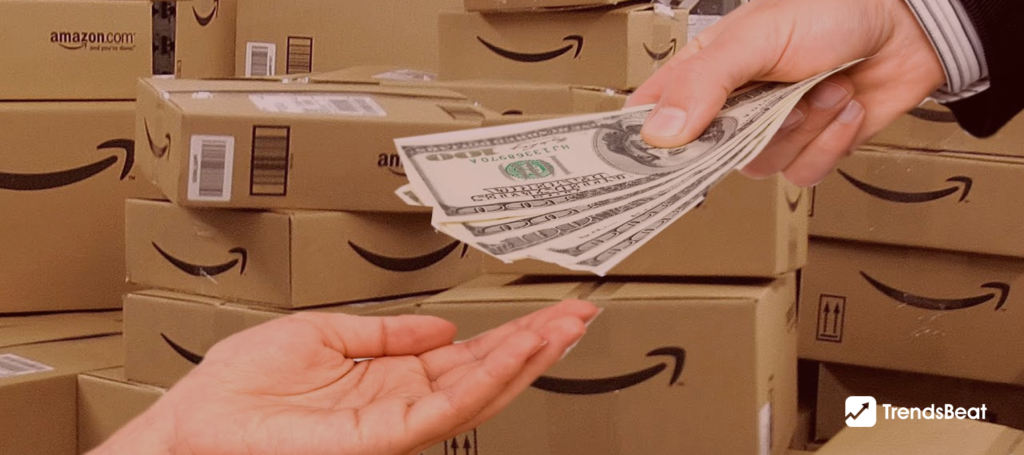
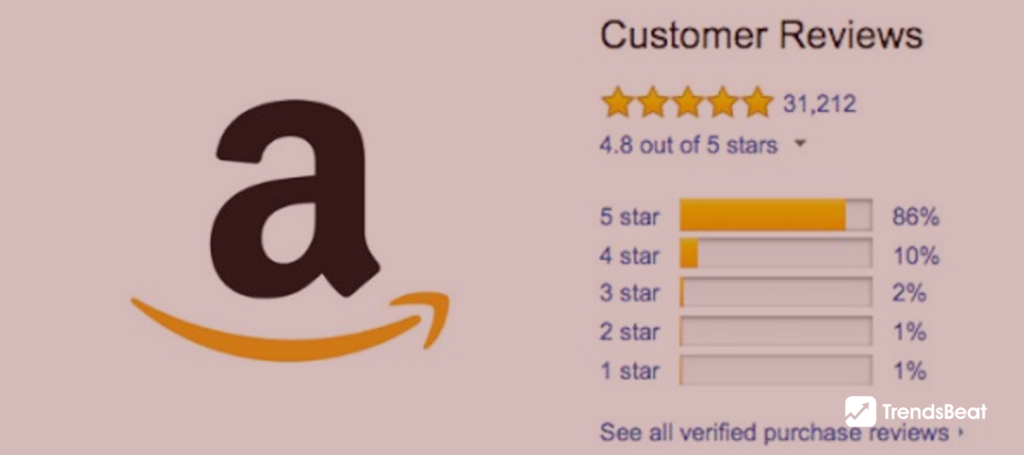




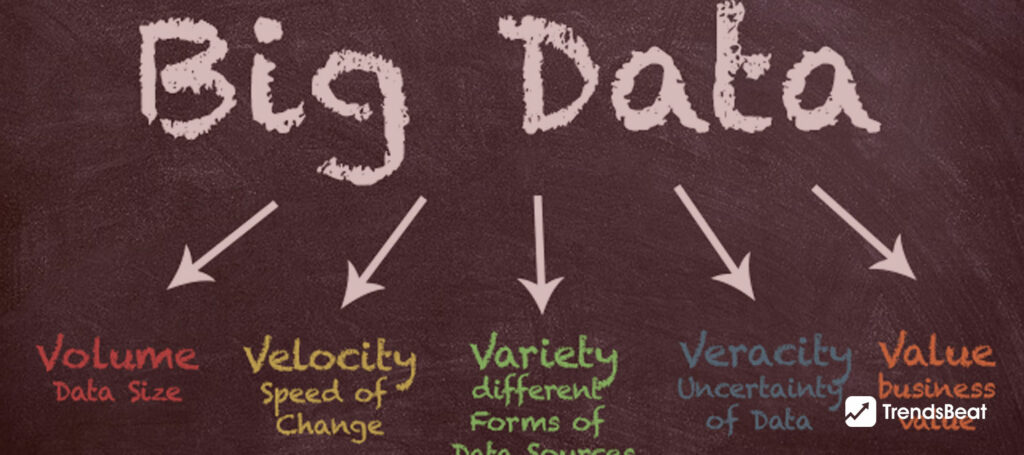








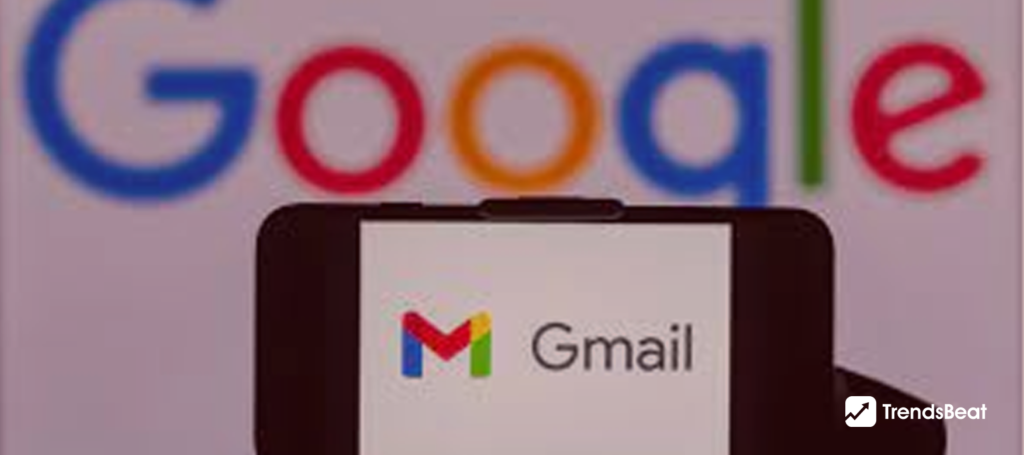
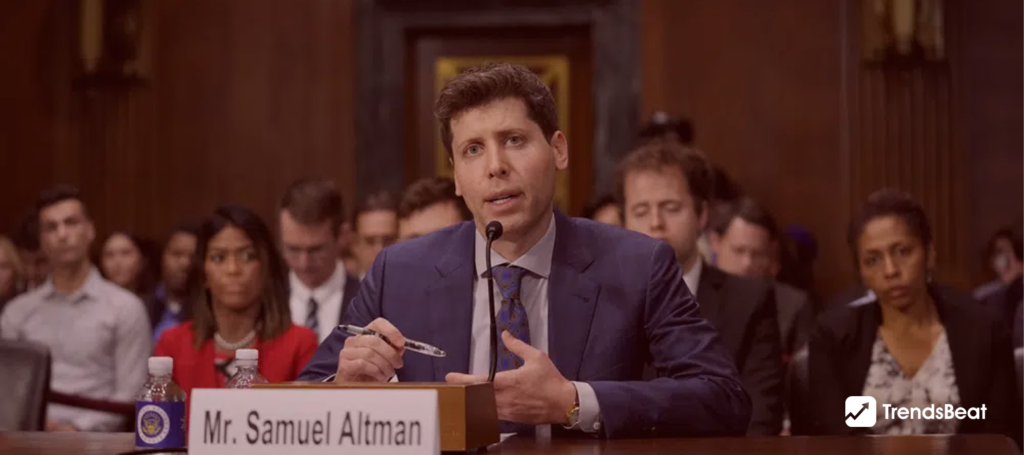
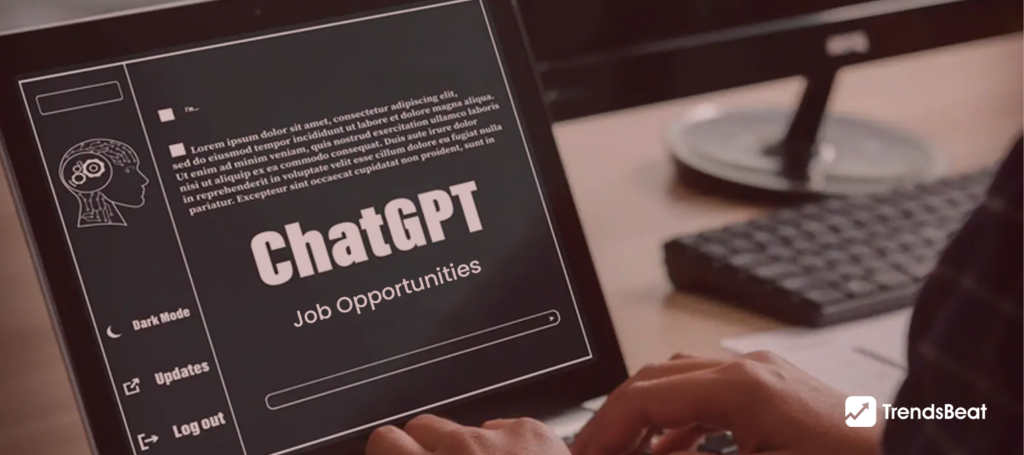
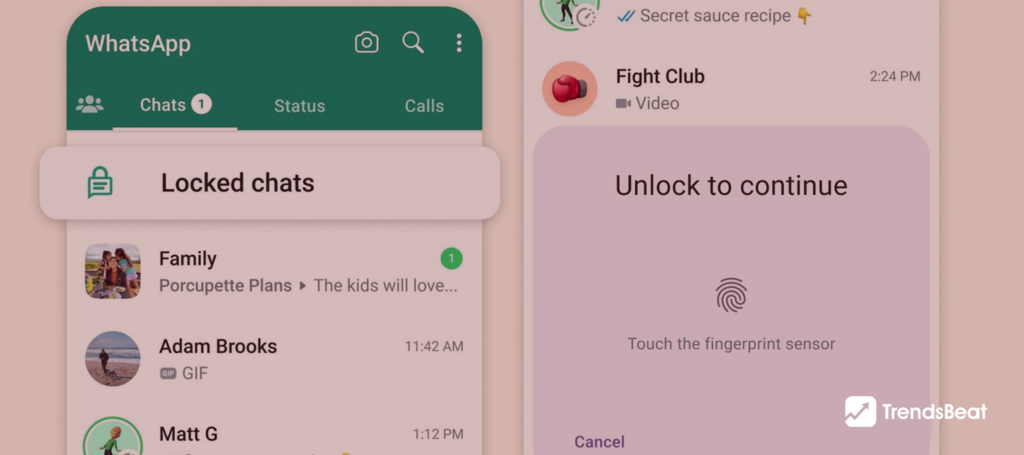

























![Essential-Cybersecurity-Tips-for-Small-Businesses-[Protect-Your-Data]-TrendsBeat](https://trendsbeat.com/wp-content/uploads/2023/05/Essential-Cybersecurity-Tips-for-Small-Businesses-Protect-Your-Data-feature-image-template-1024x455.jpg)









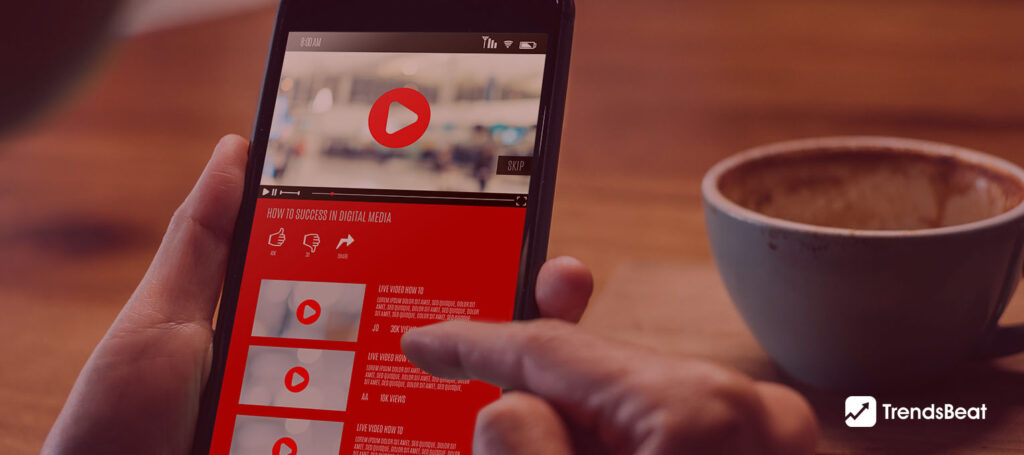








![Top Fitness Trends & Workout Routines to Follow [Stay Fit, Stay Healthy]](https://trendsbeat.com/wp-content/uploads/2023/04/feature-image-Top-Fitness-Trends-Workout-Routines-to-Follow-Stay-Fit-Stay-Healthy-1024x455.jpg)










![[Weight Loss Medication Health Effects] Side Effects and Best Advice](https://trendsbeat.com/wp-content/uploads/2023/04/feature-image-Weight-Loss-Medication-Health-Effects-Side-Effects-and-Best-Advice-1024x455.jpg)



